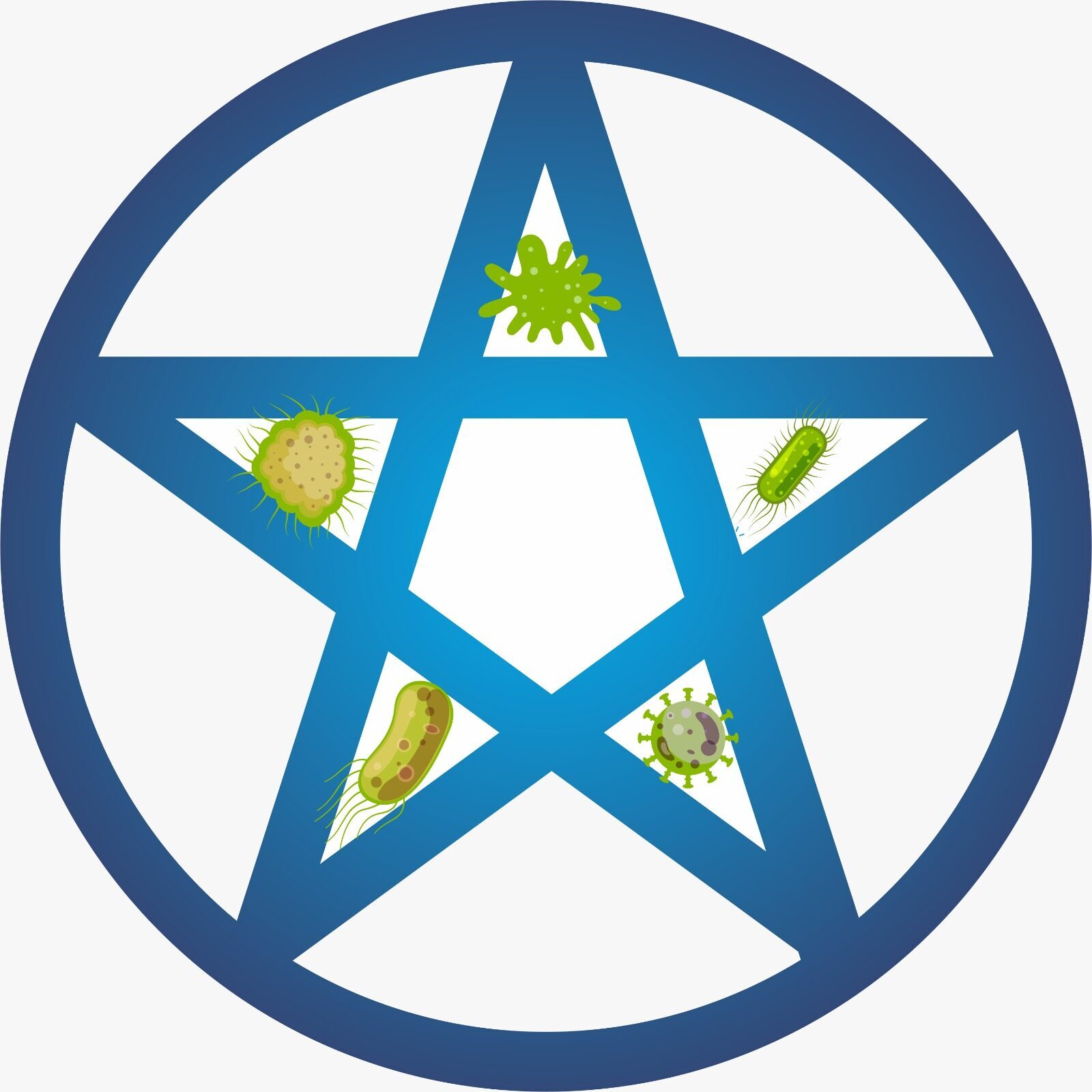Full-Text
According to the World Health Organization (WHO), the disease, which is known as monkeypox, was initially detected in Kerala and has been found in 78 nations, with more than 18,000 patients [1]. The first case of monkeypox in India was reported in Kerala [2]. The affected man displayed indications of the illness when he returned to Kerala from the UAE, according to Kerala’s Health Minister, Veena George [1]. He experienced monkeypox symptoms and was in close contact with a victim in another country [1]. However, 10 cases of monkeypox have been reported in Kerala, India [1]. According to the Health Department official statement, the India’s first verified case of monkeypox was treated and released at the Government Medical College Hospital in Thiruvananthapuram [3].
The virus that causes monkeypox belongs to the family Poxviridae’s. It is a virus. It wasn’t made by people; instead, it was made by wild creatures [4]. There are two primary strains: The congo strain which can cause death (up to 10% mortality), and the West African strain, which has a 1% fatality rate [6].
After having symptoms, the patient should seek medical attention and testing [11]. Then separate yourself by avoiding touch with others. The WHO advises that individuals clean their hands on a regular basis [2].
There are currently no specific vaccines to treat monkeypox virus, but an antiviral developed to treat smallpox (tecovirimat or TPOXX) has been approved for treatmentof monkeypox, and other vaccines for smallpox exist because they are from the same family, but they provide limited protection against monkeypox compared to TPOXX [7].
Even if the number of cases of monkeypox is rising, fewer people die from it than during the COVID-19 epidemic [13]. Monkeypox is not a novel strain of COVID-19. Even though monkeypox is a member of a separate family (Poxviridae)[4]), it has a unique transmission and lifespan. Unlike COVID, it is not disseminated by the air [2].
Since it was initially found in the 1950s through a study on monkeys, monkeypox is not a new illness [2]. The first case of monkeypox in humans was recorded in 1970 in the Congo African area. Even the monkeypox illness has been thoroughly researched, and medical literature contains all of the information on its distribution and prevention [14]. This virus affects animals as well as people. When people come into contact with contaminated animal flesh, they become infected with the virus.
Monkeypox is not a disease that only affects gay and bisexual men; rather, it is a disease that is only spread by infected animals and humans. Infection occurs when an infected animal is consumed or comes into contact with meat or blood. The infected person can also infect the host when they come into close contact, such as through clothing, bedding, sharing towels, and using the same utensils [10].
The first instance of monkeypox was discovered in monkeys in the 1950s, and was given the name monkeypox. When people come into intimate contact with ill or dead animals, they can get the monkeypox virus, which is exclusively transferred among animals and does not just harm monkeys [16].
The monkeypox virus is self-limiting since the majority of its symptoms go away quickly. In certain instances, it is lethal to people and is severe. Although there is no particular vaccination for monkeypox, it can be treated with TPOXX, a vaccine that is more resistant to the monkeypox virus since smallpox and monkeypox are members of the same family of viruses [15]. The monkeypox is a treatable disease but it should be prevented by international level vaccination programs since the treatment leads to health and commercial loss of patients. Authentic awareness among the people about this disease is recommended as there are people who spread information which has no scientific evidence and help the society to be away from the panic and suffering of a health issue under study.
